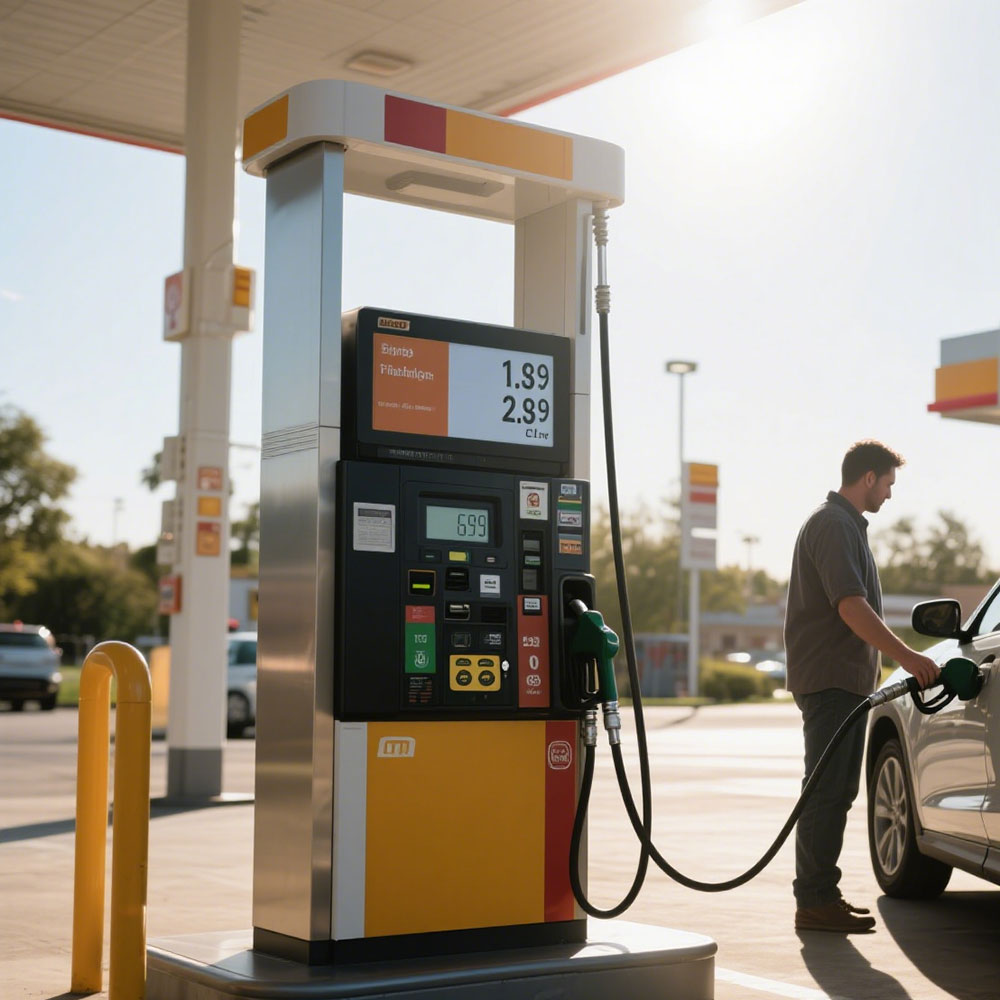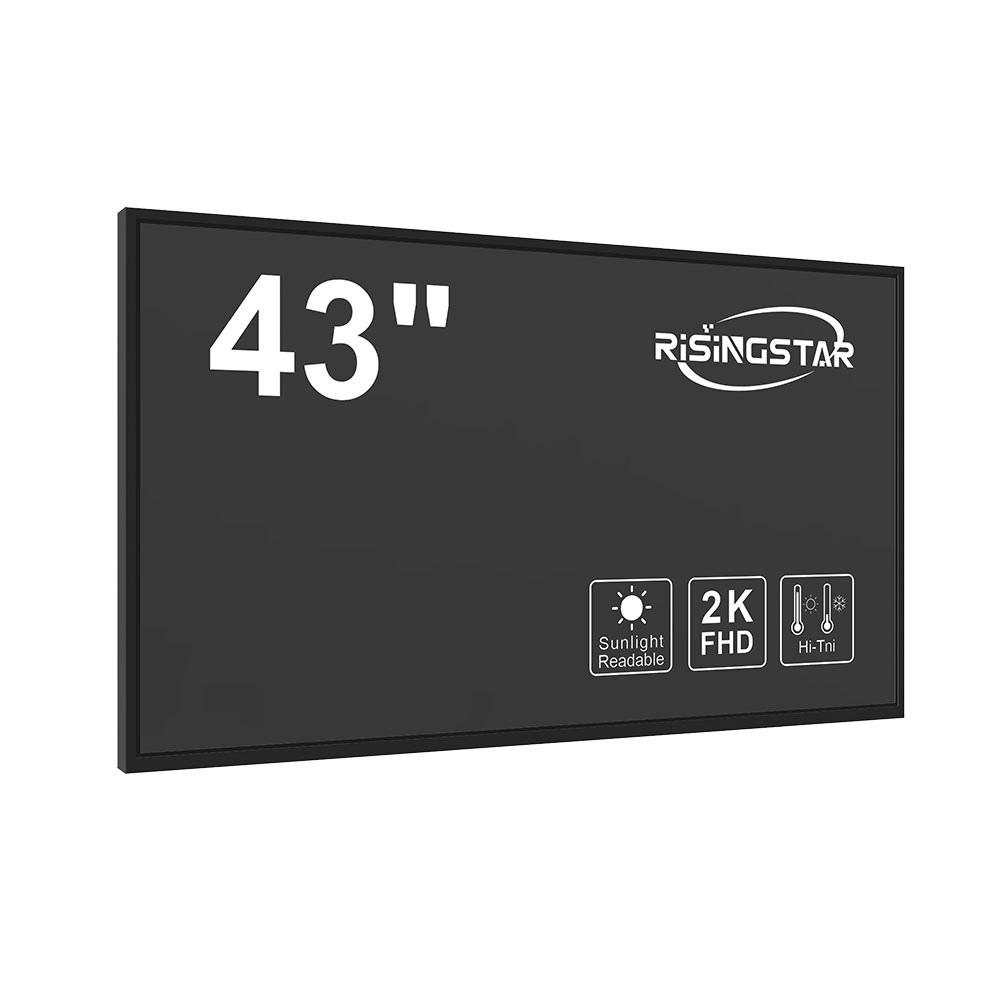Selecting the right outdoor LCD screen is critical for applications ranging from digital signage in retail environments to public information displays in transportation hubs. The primary challenge lies in balancing brightness, durability, and environmental resilience—factors that directly impact visibility, lifespan, and total cost of ownership.
Outdoor LCD screens must meet or exceed industry standards such as IP65 (dust-tight and protected against water jets) and IK10 (impact resistance), ensuring they can withstand harsh conditions like rain, dust, UV exposure, and physical tampering. For instance, a screen installed at a bus stop in a coastal city requires higher corrosion resistance than one in an inland urban area.
Brightness is another key parameter. Most outdoor screens operate between 3,000 and 7,000 nits, with 5,000 nits being the recommended minimum for direct sunlight visibility. High-brightness panels often use advanced LED backlighting systems, such as local dimming or mini-LED technology, which improve contrast ratios while reducing power consumption. According to a 2023 study by Display Supply Chain Consultants (DSCC), high-brightness outdoor displays now achieve up to 30% better energy efficiency due to improved thermal management and dynamic backlight control.
Durability also involves choosing the right materials—such as tempered glass with anti-glare coatings—and designing for thermal stability. In extreme climates (e.g., -30°C to +60°C operating temperatures), heat dissipation systems like passive cooling fans or heat pipes are essential to prevent overheating. Case studies from cities like Dubai and Vancouver show that outdoor displays using passive cooling solutions have 40% lower maintenance costs over five years compared to active-cooled alternatives.

Finally, consider future-proofing your investment. Look for screens with modular designs, support for remote diagnostics, and compatibility with content management systems (CMS). These features reduce downtime and allow seamless integration into smart city infrastructure. For example, London’s Transport for London (TfL) deployed modular outdoor LCDs across 500+ stations, enabling real-time updates and predictive maintenance through IoT sensors embedded in the display units.
By prioritizing brightness, environmental ratings, thermal design, and system scalability, organizations can ensure their outdoor LCD installations deliver reliable performance for over a decade—even in the most demanding environments.








